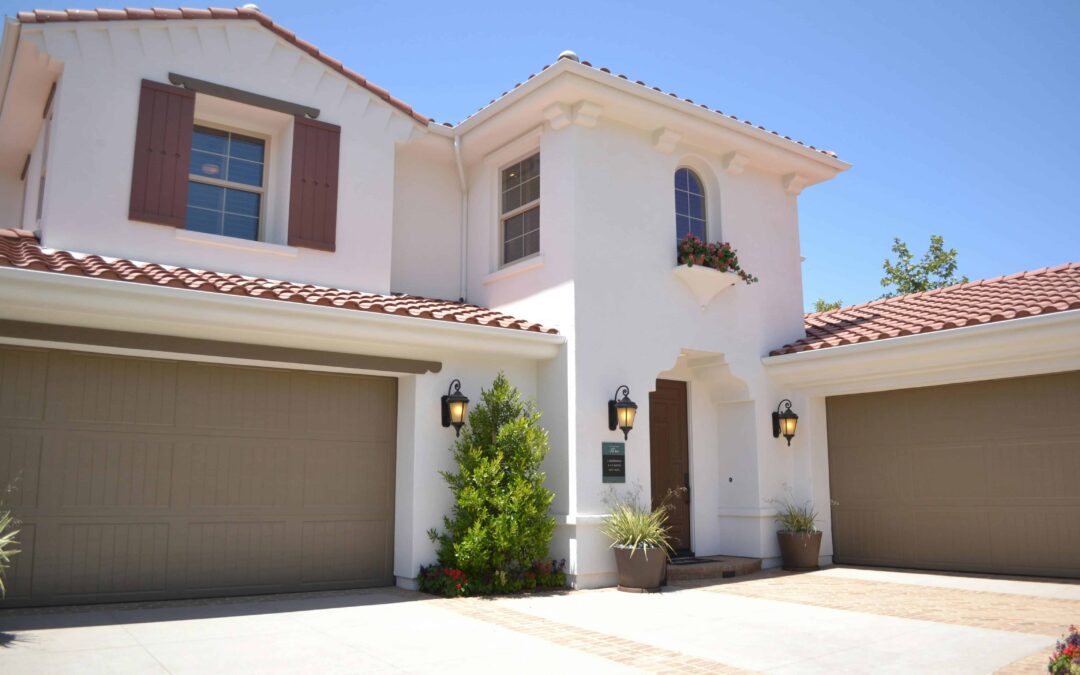Regular maintenance is essential to ensure your garage door operates smoothly and lasts longer. By performing routine checks and addressing minor issues promptly, you can avoid costly repairs and enhance the door’s performance.
Garage doors are a vital component of home security and convenience. To keep them functioning efficiently, it is crucial to engage in regular maintenance. This not only prevents potential problems but also extends the door’s lifespan. While some tasks can be handled by homeowners, Don’s Garage Doors Repair & Service professionals may be necessary for more complex issues.
Routine Maintenance Tasks
Performing regular maintenance tasks can significantly improve the longevity of your garage door. One of the most important tasks is lubricating all moving parts, such as hinges, rollers, and springs, to reduce friction and prevent wear. Additionally, inspecting the door for visible signs of damage, like cracks or dents, is crucial. These issues can affect the door’s performance if left unaddressed.
Testing the safety features of your garage door is another critical task. This includes ensuring the auto-reverse mechanism works correctly to prevent accidents. Keeping the tracks clean and free from debris is also essential for smooth operation. By consistently performing these tasks, you can prevent minor issues from becoming major problems.
If you hear unusual noises or notice vibrations during operation, it may be time for a professional inspection. Addressing these signs early can prevent further damage and costly repairs. Routine maintenance not only enhances performance but also contributes to home safety.
Regular visual inspections should also include checking the garage door’s balance. To test this, disconnect the automatic opener and manually move the door to halfway position – it should stay in place without support. If the door drops or rises on its own, this indicates spring tension issues that require professional adjustment. Additionally, examine the weather stripping along the bottom and sides of the door, replacing any sections that show signs of cracking or deterioration to maintain proper insulation and prevent moisture infiltration.
Adjusting Maintenance for Seasons
Adapting your garage door maintenance routine to seasonal changes can significantly impact its performance. In winter, cold temperatures can cause metal components to contract, leading to potential misalignments. Regularly check for ice buildup around the door’s edges and ensure seals are intact to prevent drafts.
Spring is an ideal time to clean and inspect all components after harsh weather conditions. Tightening loose screws and lubricating parts that may have dried out during winter is advisable. In summer, high temperatures can affect rubber seals and weather stripping, so checking their condition is crucial.
During autumn, falling leaves can accumulate in tracks and around sensors, obstructing their function. Regularly clearing these obstructions will maintain proper operation. By implementing these seasonal tips, you proactively address potential issues before they impact your garage door’s functionality.
Maintaining proper humidity levels in your garage throughout changing seasons is also crucial for door longevity. Installing a dehumidifier during humid months can prevent metal components from rusting and wooden doors from warping. During winter months, applying a silicone-based lubricant rather than standard oil-based products provides better protection against freezing temperatures and ensures smoother operation. Remember to also check and adjust the force settings on your garage door opener as temperature changes can affect the door’s weight and resistance.
Recognizing Signs of Wear
Your garage door may exhibit certain signs indicating it requires professional attention. Squeaking or grinding noises during operation often suggest inadequate lubrication or worn-out parts. Slow response times when opening or closing the door can also be a red flag.
Visible damage such as cracks in panels or broken cables should never be ignored as they compromise both safety and efficiency. If you notice uneven movement or sagging on one side of the door, it indicates underlying issues requiring expert evaluation.
Another crucial indicator of wear is the condition of your garage door’s rollers and bearings. Nylon rollers typically last 10-15 years but can show premature wear through cracking or chipping. Steel rollers with worn bearings may produce a clicking or rattling sound during operation. Regular inspection of these components can help identify potential failures before they lead to more serious issues. Additionally, check for any rust spots or corrosion on metal parts, as these can spread quickly and compromise the structural integrity of your door system.
Wrapping Up
Professional services offer specialized expertise in diagnosing problems accurately while providing effective solutions tailored to extending your garage door’s lifespan. Engaging experienced technicians guarantees comprehensive assessments and precise recommendations, restoring optimal performance quickly without compromising safety standards.

Recent Comments